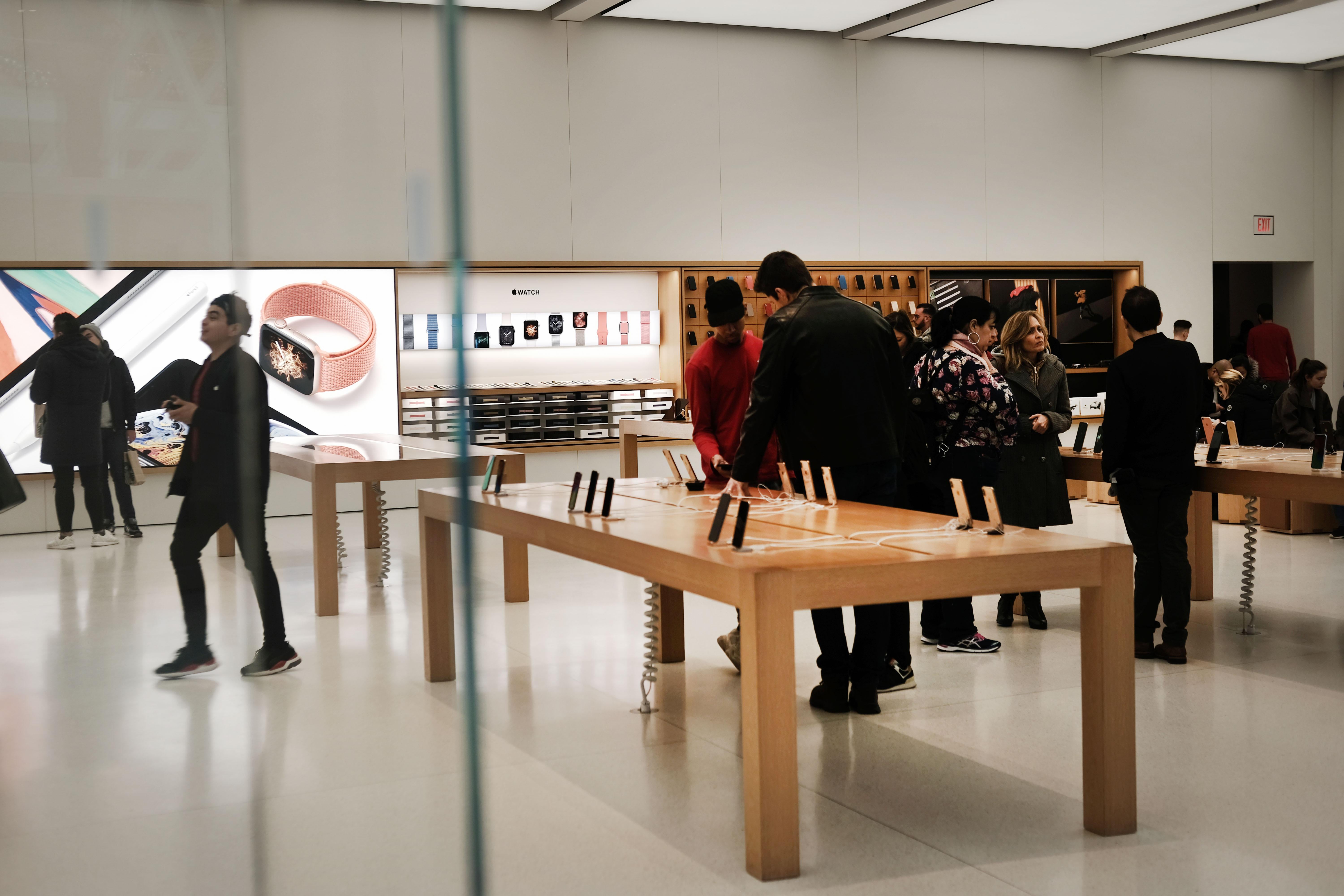Ousmane Bah, an 18-year-old college student from New York, filed a lawsuit against Apple on Monday for allegedly relying on facial recognition systems that misidentified him as a serial shoplifter. The suit claims that Apple and its contractor, Security Industry Specialists, caused Bah to suffer emotional distress as a result.
Apple has subsequently denied that it uses facial recognition in its stores.
According to the lawsuit, Bah received a summons arraignment last summer from a Boston municipal court for the theft of $1,200 worth of products from an Apple Store in the city. The police report indicated that a Security Industry Specialists loss prevention associate saw the theft on a security video and recognized Bah from a similar incident at an Apple Store in Connecticut. Bah claimed that he had never been to Boston and was attending his senior prom in Manhattan when the crime took place. The judge released him, and the charges were later dropped.
When Bah returned home, however, he received additional paperwork detailing allegations against him in connection with thefts at Apple Stores in New York, New Jersey, and Delaware. Then, in November, NYPD officers arrested Bah at his home at 4 in the morning. The detective on the case soon discovered, however, that Bah did not resemble the suspect who had robbed a Manhattan Apple Store.
At this point, the detective allegedly told Bah that Apple uses facial recognition to identify theft suspects. The detective further speculated that the actual thief had somehow obtained an interim driver’s permit that Bah had lost earlier in the year and presented it as identification at a previous crime scene. The driver’s permit did not have Bah’s picture. Based on the detective’s purported theory for the mix-up, the lawsuit—which seeks $1 billion—accuses Apple of negligently linking the picture of the actual thief with the identifying information on Bah’s interim permit in its alleged facial recognition security system.
All charges against Bah have been dismissed except in New Jersey, where his case is still pending.
The suit is getting a lot of attention, but there are reasons to be cautious. Though iPhones do feature Face ID as a more convenient login method, there is little evidence that Apple has developed any facial recognition technology for surveillance purposes. As Motherboard noted in 2017, Apple devices store facial recognition data locally, so it’s unlikely that the company has built a database using Face ID scans. However, it’s theoretically possible for the government to issue a legal order requiring Apple to tap into devices to search for targets using the Face ID feature.
This is all to say that the alleged surveillance behaviors outlined in the lawsuit aren’t consistent with what the public knows about Apple’s past use of facial recognition systems. But it certainly isn’t impossible for the company to have secretly applied the technology to camera footage from its stores.
Bah’s lawsuit comes amid a flurry of facial recognition controversies. Last week, a JetBlue passenger reported on Twitter that the airline had used a facial recognition camera to check her in, rather than her boarding pass, without her consent. JetBlue apologized and disclosed that it was using data from the Department of Homeland Security to run the system. In the same week, Microsoft also revealed that California police had requested technology that could scan a person’s face during traffic stops. The company ultimately declined. And earlier this month, a group of at least 25 prominent artificial intelligence experts called on Amazon to stop selling its facial recognition products to law enforcement because of the technology’s bias against women and people of color.
Future Tense is a partnership of Slate, New America, and Arizona State University that examines emerging technologies, public policy, and society.
